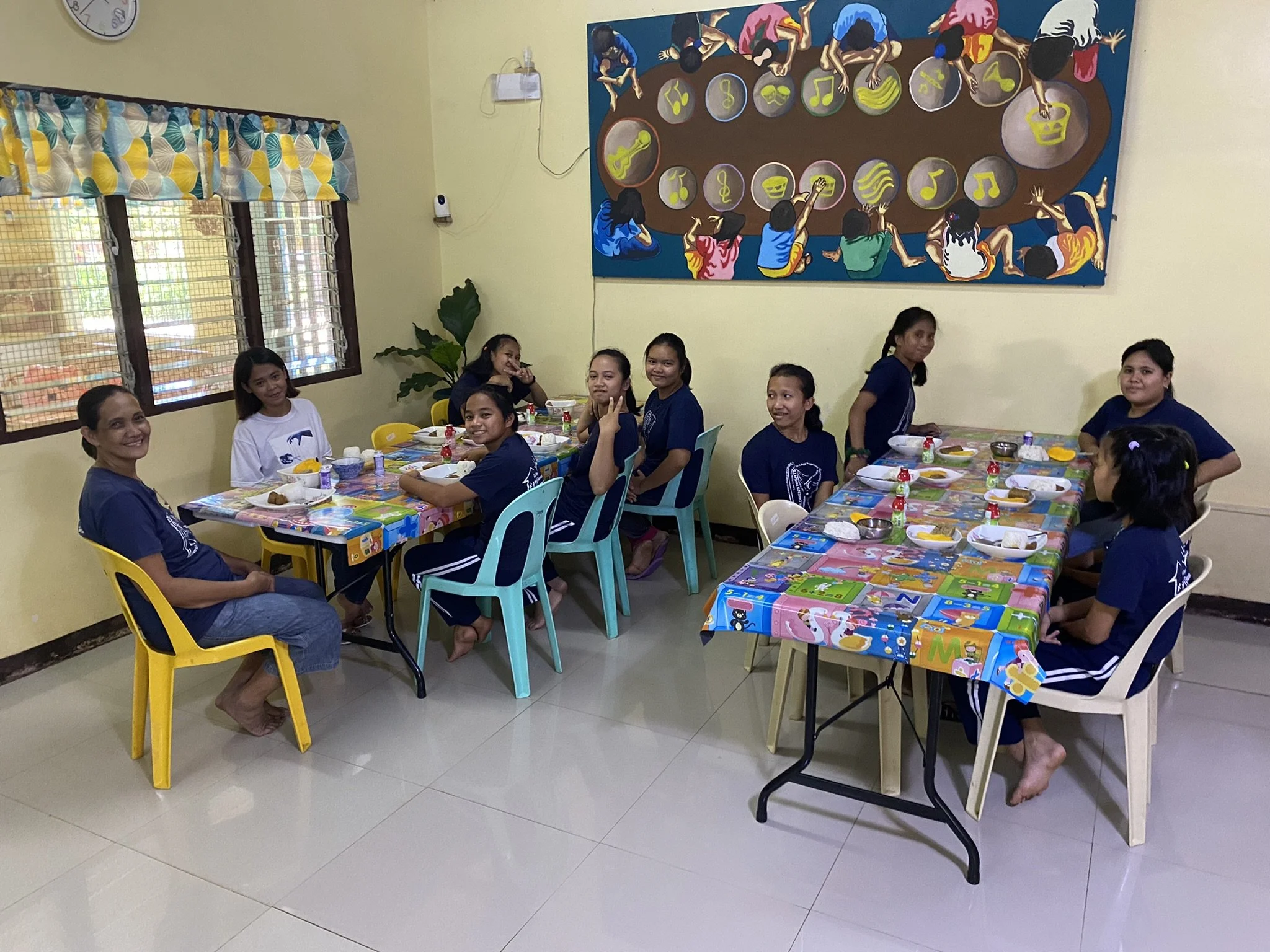PHILIPPINES
Key Info
Population: 116,434,200
Capital: Manila
Main languages: Tagalog
Main religions: Roman Catholic 78.8%, Muslim 6.4%, Iglesia ni Cristo 2.6%, other Christian 3.9%, other 8.2%, none/unspecified <0.1
Country Information
Geography
The Philippines is an archipelago in South East Asia made up of more than 7000 islands, of which about 2000 are inhabited. It is located along the Ring of Fire, a belt of active volcanos and earthquake epicentres that border the Pacific Ocean (up to 90% of earthquakes and 75% of the world’s volcanoes occur within this area).
The Philippines has a tropical marine climate and is the world’s most exposed country to tropical storms – on average there are nine typhoons each year, and five of these are destructive.
History
The Philippine Islands became a Spanish colony during the 16th century and was named in honour of King Phillip of Spain. The islands were ceded to the US in 1898 following the Spanish-American War. In 1935 the Philippines became a self-governing commonwealth but in 1942 fell under Japanese occupation during WWII, and US forces and Filipinos fought together during 1944-45 to regain control. In 1946, the Republic of the Philippines attained its independence. From the 1960s, it was ruled for 21 years by Ferdinand Marcos, which ended in 1986 when a “people power” movement forced him into exile.
Culture
The Philippines islands are categorised into three main clusters – Luzon in the north, Visayas in the centre and Mindanao in the south. The island clusters vary in terms of cuisine, religion and culture. The country is also linguistically diverse, with eight major dialects and more than 170 languages. The official language is Filipino, which is mainly Tagalog (the dialect from central and southern Luzon) combined with words from various other languages. For example, English is widely spoken throughout the Philippines, and it is common to hear Filipinos use a mixture of English and Tagalog (known informally as ‘Taglish’) in everyday conversations.
As a way to retain their local identities, many Filipinos will often choose to speak in their regional languages and dialects – it is common to find Filipinos who are from different parts of the Philippines conversing in English rather than in Filipino.
Given the diversity of the Philippines, the unifying element of Filipino culture is a complex matter. A sense of national identity emerged out of the long-standing struggle for independence but this is fragile, with loyalty residing firstly to their kin group, province or municipality.
Case Study: Kuya Centre
Kuya Centre for Street Children was established in 1991 by the newly formed Luzon Association of Religious Brothers (LARB) at the behest of the late Cardinal Jaime Sin DD. This included Marist Brother Paul Murphy. The inter-congregational spirit of Kuya Centre continues today with various religious Brothers and Sisters sitting on the board of directors and the management of the centre. The Sisters of Our Lady of the Missions currently administer the Kuya Centre.
Kuya Center addresses the re-socialization of street children i.e. their education and their value formation. Kuya Centre serves two main groups: children living on the streets and children living with their low-income family members in the community.
Kuya Centre has four main programs: a Short Term Residential Program, Street Children Services, Educational Access and Livelihood and Training for Families.
Case Study: Balay Banaag
Balay Banaag is a residential centre that provides care and support for the girl children of women working in the sex industry. The centre has been operating since 2010 when it was a project of a local NGO named Talikala. Its founders include a Maryknoll Sister, a Filipina Social Worker, and a woman who herself, had worked in the sex industry. In 2018 the administration of Balay Banaag was transitioned to the Marist Sisters who have been working in Davao City with vulnerable women and children since 1998.
The direct beneficiaries of this program are the 15 girls who reside at the centre. They are the female children of women who work in the sex industry and have been identified by local community organisations as being at high risk of abuse and exploitation. Balay Banaag provides emotional and psychological support to each of the children in the centre, helping them overcome their abuse and experiences; enrol and stabilise them in the mainstream schooling system; and work with the mothers/grandmothers/guardians to improve their home conditions to allow for family reintegration.








